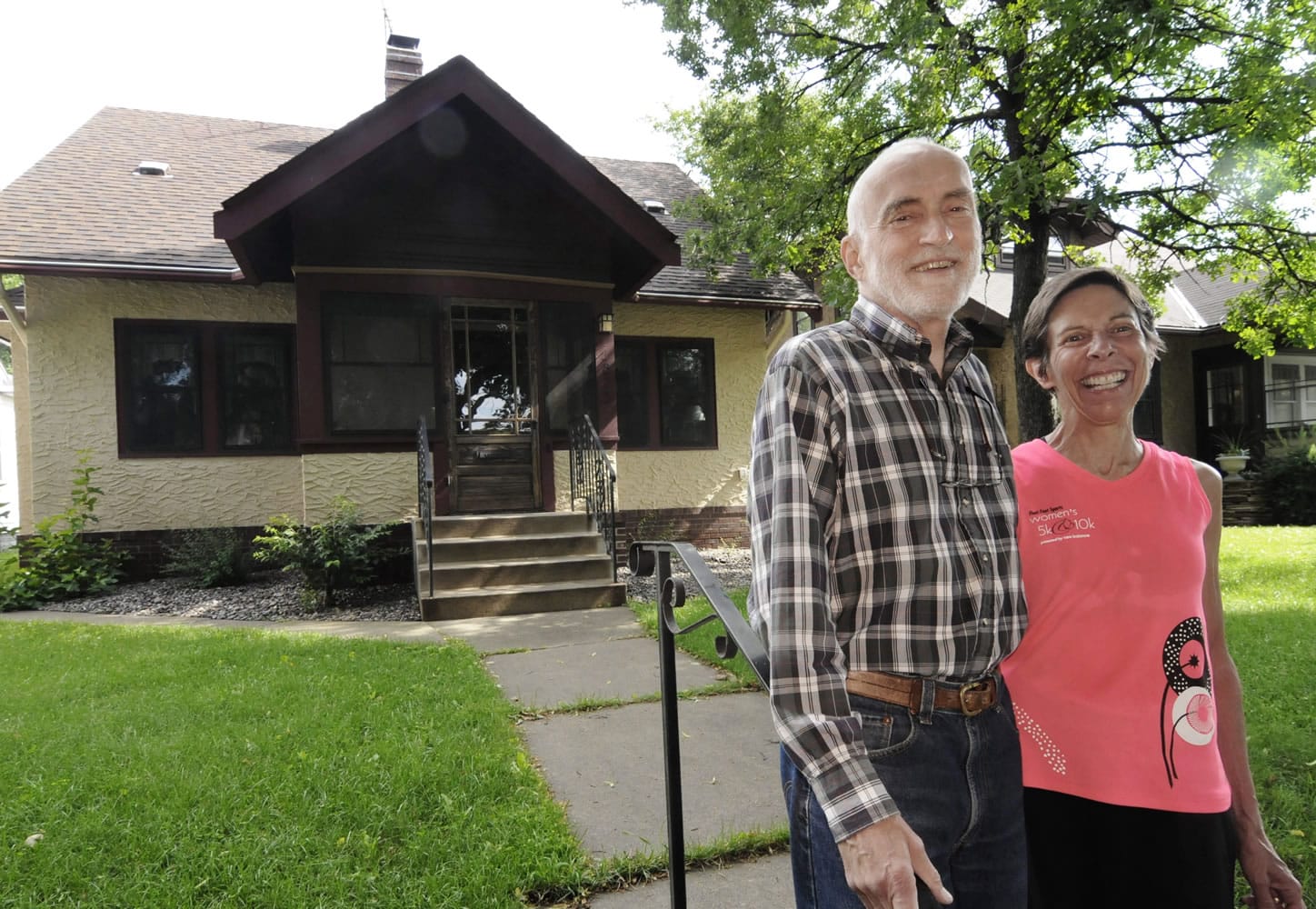The construction of Julian Sellers’ bungalow in St. Paul, Minn., was started in 1926 and finished in early 1927. The builder was a Swedish immigrant. The family who first lived there included a married couple, their 6-year-old daughter and the wife’s mother.
Sellers learned all this by sorting through building permits, tax records, city directories, maps, old newspapers on microfilm and more. A retired software engineer and a member of the Twin Cities Bungalow Club, he has chronicled the history of the structure, its environs and the people who lived in it. He even met that 6-year-old daughter when she was in her late 80s.
“It’s fun to know that other families have lived here — children have grown up and been nurtured in this house,” said Sellers. “Each family makes it their own and has their own life and experiences here. It’s fun to get that feeling of continuity.”
Many homeowners and apartment dwellers across the country are doing the painstaking work of researching the history of their home and neighborhood. Some delve into the past for practical reasons — perhaps they want to change the exterior of an old house and need to document how it once looked, or they want to create (or protest) a historic designation. Others are simply fascinated by the testament of time.
This research “feeds into the notion of pride of place,” said Kingston Heath, professor and director of the graduate Historic Preservation Program at the University of Oregon. The history of a house and its people can also cast light on larger historical changes.
“A house is like an artifact,” Heath said. “It represents these collective human values, and cultural and technological change.”
Inside the New York Public Library’s Beaux-Arts building on Fifth Avenue, librarian Philip Sutton works amid ornate gold shelves lined with bound genealogy periodicals, passenger lists, military records, social registers, newspaper death notices and more.
Sutton teaches an hour-long class on house-history research once a month. It grew out of the
enthusiastic response to a blog post he wrote last year about researching the history of a Manhattan apartment building that he picked at random. He takes students step by step through his detective work, using land conveyances, early maps, Census records, databases and more.
Expert house historians advise novices to focus on one question at a time and to keep notes on exactly where information was found. To begin, figure out what you know from documents you already have. And talk to neighbors who have lived on your block for a long time to collect their stories.
Be aware, however, that community stories and legends often aren’t accurate, cautions Ellen Baumler of the Montana Historical Society.
Find out whether your street name is the original one, said Mary Louise Days, a historian and board member of the Santa Barbara Trust for Historic Preservation in California. In her city, for instance, Olive Street was once Canal Street. A change like that can throw researchers off the scent, she said.
House historians often want original blueprints and photographs, but those may be lost. Be open to what is available, urges Frank Lipo, executive director of the Historical Society of Oak Park and River Forest, in Illinois.



